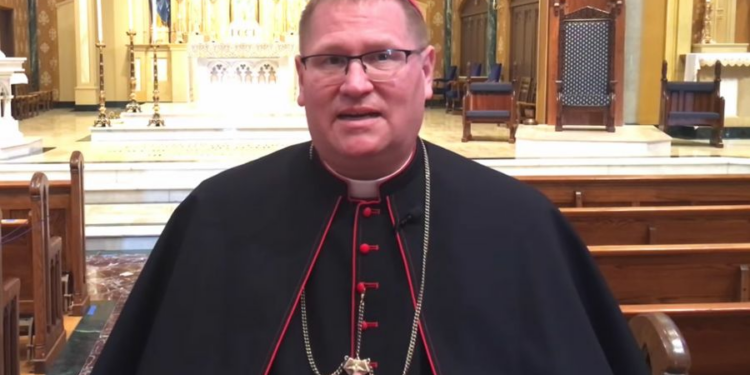Mass attendance shrank 22% between 2019 and 2022, the diocese says, while infant baptisms are down 27% since 2015-2016. In addition, funerals are down 10% and Catholic marriages are down 34% since 2015-2016.
In announcing the pastoral planning initiative, “Growing Disciples,” in August 2022, Tylka said he launched the plan “so that we can not only meet the ministry challenges of today, but we can also grow a vibrant, sustainable mission-driven Church for the future.”
“We must recognize that in each successive generation, we are called to read the signs of the times and, entrusting our discipleship to the Holy Spirit, discern the path forward,” Tylka said at the time.
“Looking to the landscape which surrounds us, we see that year after year, the soil is tilled, planted, nurtured, and yields good fruit … Likewise, in the Church, we must do the necessary tasks which will yield an abundant harvest for the kingdom of God.”
The diocese’s reorganization plan to greatly reduce the number of parishes is reminiscent of those undertaken in numerous others in the U.S., including much larger ones such as Chicago, Pittsburgh, St. Louis, Cincinnati, and Baltimore. Many of those reorganizations — including the present one in Peoria — have been administered by the Pennsylvania-based Catholic Leadership Institute (CLI) and consist of an extensive consultation process with parishioners and Catholic leaders.
The Peoria Diocese has become well known as the home diocese of Venerable Archbishop Fulton J. Sheen, a renowned 20th-century Catholic bishop and televangelist whose sainthood cause has progressed in recent years. Sheen was ordained and first served as a priest in the Peoria Diocese.
Credit: Source link




